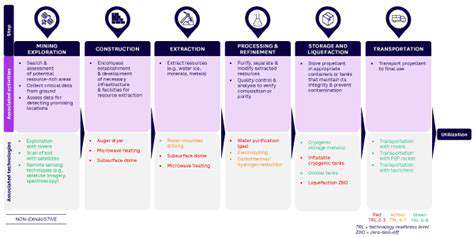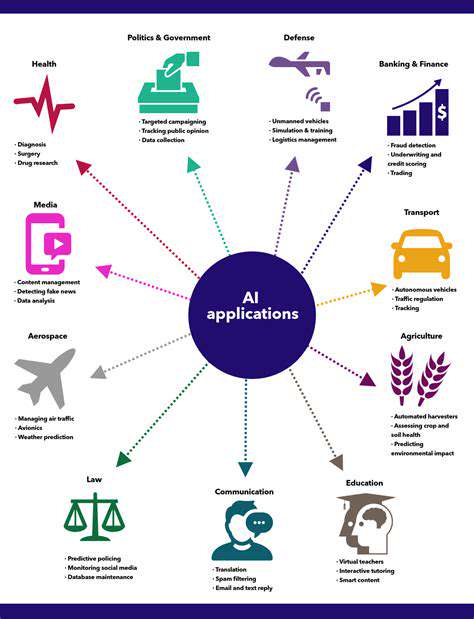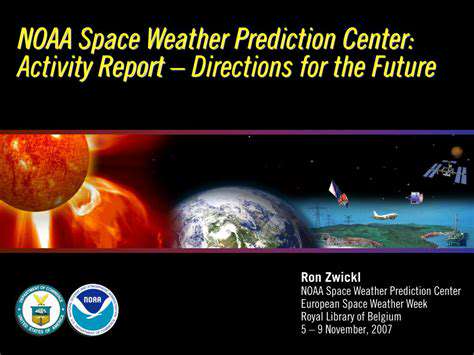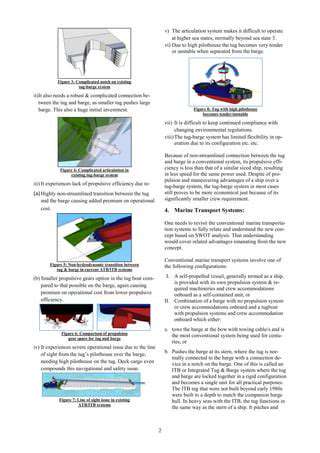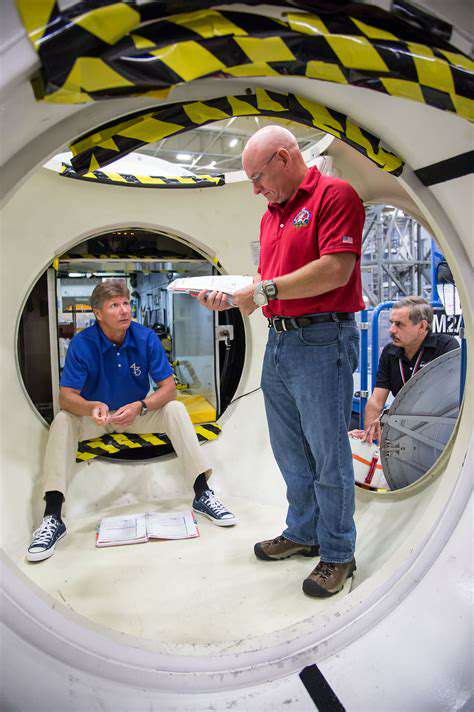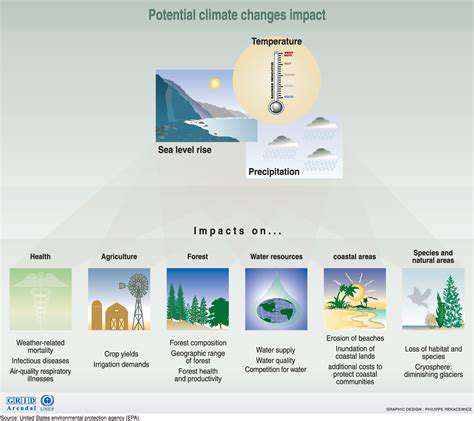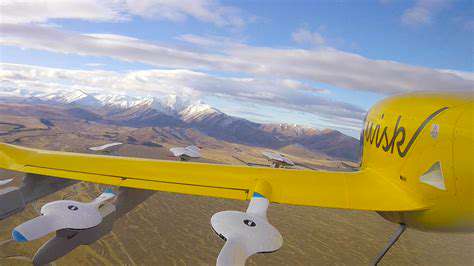
Navigating the Skies: Autonomous Flight Systems
Recent breakthroughs in autonomous flight systems are reshaping how aircraft operate in complex environments, reducing reliance on human pilots. These advancements could transform industries like commercial aviation, logistics, and emergency response. Autonomy offers measurable advantages—enhanced operational efficiency, improved safety margins, and significant cost reductions. Successful deployment hinges on integrating cutting-edge sensor arrays, adaptive decision-making algorithms, and resilient communication networks.
Modern systems utilize multiple sensor modalities including LiDAR, radar, and visual systems to construct real-time environmental awareness. This sensor fusion allows precise localization and dynamic obstacle mapping. Continuous algorithmic refinements enable instantaneous navigation adjustments, with machine learning models improving performance through operational experience.
Challenges in Autonomous Flight
While progress continues, autonomous aviation faces substantial hurdles. System reliability during adverse weather remains particularly problematic—high winds, precipitation, and reduced visibility can compromise sensor effectiveness and flight stability. These conditions require specialized mitigation strategies that are still under development.
Equally challenging is harmonizing autonomous operations with conventional air traffic management. This integration demands novel procedural frameworks and failsafe protocols to maintain separation standards and prevent conflicts in shared airspace.
The Future of Autonomous Aviation
Industry forecasts paint an intriguing picture—urban air mobility networks with autonomous electric vertical takeoff and landing (eVTOL) vehicles, drone-based logistics grids, and increasingly automated commercial flights. The environmental benefits could be transformative, with optimized routing reducing fuel burn and emissions. These systems may fundamentally alter transportation economics and accessibility.
Looking ahead, autonomous technologies could democratize air travel while improving safety statistics. The combination of reduced human error potential and continuous system monitoring might establish new benchmarks for aviation safety and efficiency.
Implementation and Regulatory Frameworks
Widespread adoption requires comprehensive regulatory structures addressing certification, liability, cybersecurity, and operational standards. Developing these frameworks necessitates close collaboration between regulators, manufacturers, and operators to balance innovation with public safety. International alignment will be particularly crucial given aviation's global nature.
Standardization efforts must progress in parallel with technological development. Establishing common protocols for vehicle-to-vehicle communication, contingency procedures, and performance requirements will be essential for scalable implementation.
Optimizing Flight Paths and Fuel Consumption

Optimizing Flight Paths
Modern route optimization represents a critical operational lever for airlines, directly impacting both economics and environmental footprint. Sophisticated analysis considers atmospheric conditions, airspace restrictions, and aircraft performance to identify the most efficient trajectory. Properly executed optimizations can yield 4-8% fuel savings per flight—a substantial impact at scale.
Advanced computational models evaluate thousands of potential routes, balancing factors like wind aloft, jet streams, and restricted airspace. These systems continuously incorporate real-time data updates, adjusting recommendations as conditions evolve during flight.
Fuel Consumption Modeling
Accurate fuel prediction requires modeling complex interactions between aircraft systems and environmental variables. Engineers must account for weight distribution, engine performance curves, and even cabin pressurization demands.
The computational intensity of these models has driven development of specialized hardware accelerators and distributed computing architectures. Validation against actual flight data remains essential, with discrepancies driving model refinements.
Aircraft Performance Characteristics
Different airframes exhibit unique performance envelopes that significantly impact route planning. Factors like wing design, engine placement, and maximum payload capacity all influence optimal cruise altitudes and speeds. Fleet managers must match aircraft capabilities to route requirements for maximum efficiency.
Weather Conditions and Wind Patterns
Atmospheric dynamics present both challenges and opportunities for efficiency gains. Strategic altitude changes to capture favorable winds or avoid headwinds can dramatically affect fuel consumption over long distances.
Modern systems incorporate probabilistic weather forecasting with real-time updates, enabling dynamic route adjustments mid-flight. This capability becomes increasingly valuable as climate patterns show greater variability.
Terrain Analysis and Obstacle Avoidance
Geographic features influence both safety and efficiency considerations. Mountainous regions may require specific climb gradients, while oceanic routes demand careful fuel planning for diversion scenarios.
Advanced terrain mapping systems now integrate with flight management computers to automatically suggest optimal vertical profiles. This integration minimizes unnecessary altitude changes that waste fuel while maintaining safety buffers.
Integration of Navigation Systems
Next-generation flight management systems synthesize data from multiple sources—satellite navigation, inertial reference systems, and aircraft performance databases. This integrated approach enables continuous optimization throughout the flight envelope.
The most advanced implementations now feature machine learning components that improve predictions based on historical route performance data. These systems learn from each flight to enhance future recommendations.
Economic Factors in Optimization
Fuel price volatility makes efficient routing an essential competitive differentiator. Airlines must balance immediate fuel savings against potential schedule impacts and crew timing considerations.
Sophisticated cost models now incorporate not just fuel expenses but also maintenance impacts, crew costs, and even passenger connection implications. This holistic view enables truly optimized network planning.
Enhancing Maintenance and Predictive Maintenance
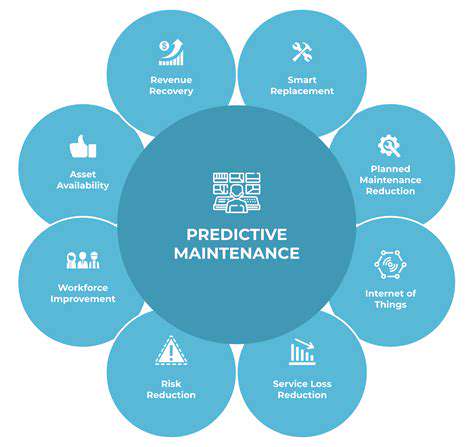
Predictive Maintenance Strategies
Modern predictive maintenance represents a paradigm shift from reactive to proactive asset management. By identifying degradation patterns early, operators can schedule maintenance during planned downtime rather than experiencing costly operational disruptions. Implementation has shown 25-30% reductions in unscheduled maintenance events across multiple aviation applications.
The approach leverages IoT sensors generating terabytes of operational data, which advanced analytics transform into actionable insights. Machine learning models identify subtle patterns indicative of impending component failures.
Data Collection and Analysis
Effective predictive systems require comprehensive data capture across multiple parameters—vibration spectra, oil particulate counts, thermal profiles, and electrical characteristics. Sensor networks must provide sufficient resolution to detect incipient faults.
The analysis challenge lies in distinguishing normal operational variation from early failure signatures within complex, noisy datasets. Dimensionality reduction techniques and feature engineering help isolate meaningful signals.
Implementing a Predictive Maintenance Program
Successful deployment requires organizational alignment across engineering, operations, and IT functions. Many operators establish dedicated reliability engineering teams to oversee implementation and continuous improvement.
Change management proves equally important as technical implementation—maintenance crews must trust and act on system recommendations. This cultural shift often requires targeted training and transparent communication of system capabilities.
Cost-Benefit Analysis
While predictive systems require upfront investment, the operational benefits typically justify expenditure within 12-18 months. Reduced aircraft-on-ground (AOG) incidents and optimized spare parts inventory generate measurable returns.
Leading operators report 15-20% reductions in total maintenance costs alongside improved aircraft availability metrics. These financial impacts make predictive approaches compelling despite implementation challenges.
Integration with Existing Systems
Effective implementation requires seamless data flow between predictive systems and legacy maintenance management platforms. Middleware solutions often bridge newer analytics tools with established enterprise systems.
The integration challenge intensifies with mixed fleets, requiring flexible architectures that accommodate diverse data formats and protocols. Standardization efforts like FAA's ASD/S1000D help but implementation varies by manufacturer.
Maintenance Personnel Training
The human element remains critical—technicians must interpret predictive outputs and make appropriate maintenance decisions. Training programs now emphasize data literacy alongside traditional mechanical skills.
Advanced interfaces visualize complex predictive analytics in actionable formats, helping bridge the gap between data science and hands-on maintenance. This human-machine collaboration represents the future of aviation maintenance.
